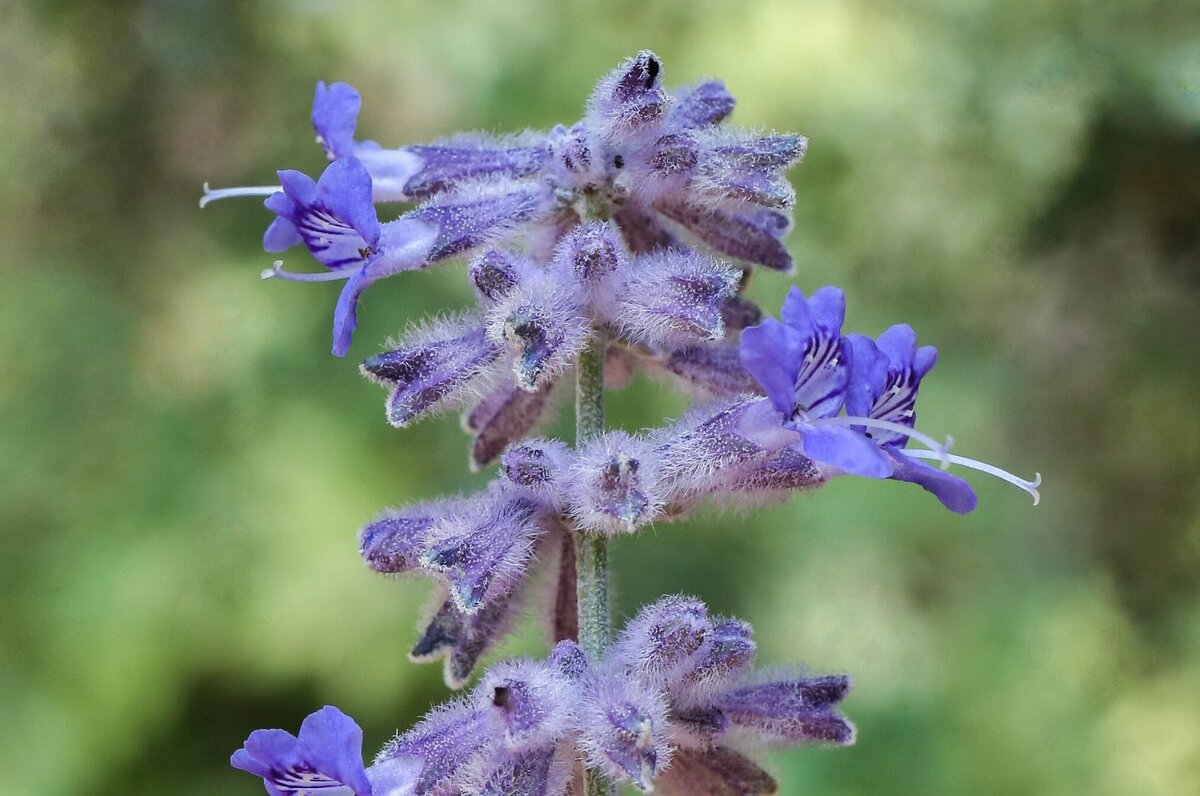
Thinking of a drought-tolerant makeover for your Denver landscape? We’ll show you how to xeriscape your Denver lawn to cut your water use, save money, and protect the environment. You’ll also create a beautiful low-maintenance outdoor space for your home.
First, what is xeriscaping?
America spends about a third of its national water supply irrigating lawns. Xeriscaping is an environmentally conscious alternative that uses native plants and drought-tolerant plants to create attractive landscapes. These gardens conserve water, blend with their natural surroundings, and can take your Denver yard to the next level.
Why is xeriscaping so popular in Denver?
Thanks to Colorado’s semi-arid climate with low humidity and more than 3,100 hours of sunshine per year, we have been practicing water-conscious landscaping for years. But it wasn’t until 1978 that Denver Water coined the term “xeriscaping.”
1. Plan Your Xeriscape
While your yard might not take much to maintain, a xeriscape requires planning. Begin with a landscaping blueprint. This will give you a chance to imagine your perfect low-moisture landscape design. We recommend you start with a diagram of your lawn, including measurements, fences, hardscapes, and trees.
Then ask yourself: What do you hope to achieve with your xeriscape? Do you want to welcome visitors with a charming walkway or upgrade your home’s curb appeal?
You’ll want to take time to research and select the best plants for your Denver xeriscape. Consider your irrigation system. Group plants with similar water needs to make coordinating irrigation easier.
You’ll also want to write out a budget ahead of time. Your plants won’t be expensive to maintain, but hardscapes and irrigation can easily set you back a few thousand.
2. Analyze Your Soil
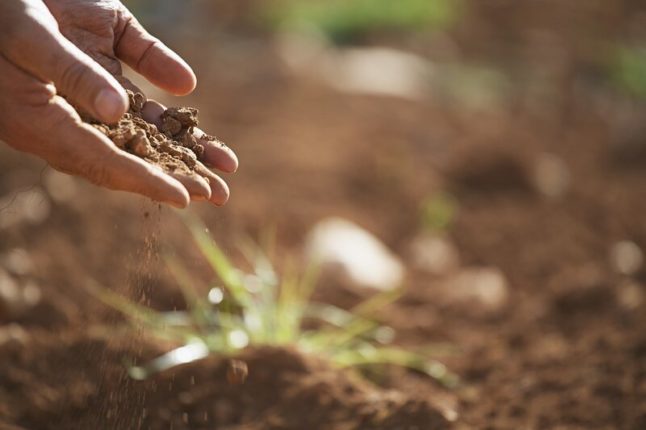
Soil is essential in determining the success of your xeriscape. The type of soil decides your garden’s water and nutrition needs. The right soil helps plants stay cool and well hydrated.
Drainage also impacts your plants’ quality of life. Consider the three main types of soil:
- Silt provides very even drainage.
- Sand drains water quickly,
- Clay will retain lots of moisture.
Make sure to test your soil beforehand and adjust your water accordingly.
Take a moment to consider your soil’s acidity. Get your own pH meter or have a lawn care professional come by and test it for you. Research your plants’ preferences for acidic or alkaline soil. A DIY soil test can run as low as $15.
It’s also crucial to think about your ground cover. A nice heap of mulch can upgrade your soil by making everything moist and cool.
3. Select Your Plants
Denver straddles USDA Hardiness Zones 5 and 6, with winter lows dipping as low as -20 degrees. The naturally dry climate makes a great environment for a range of drought-resistant plants.
Here we’ll detail several types — flowers, shrubs/trees, grasses, and succulents:
Flowers
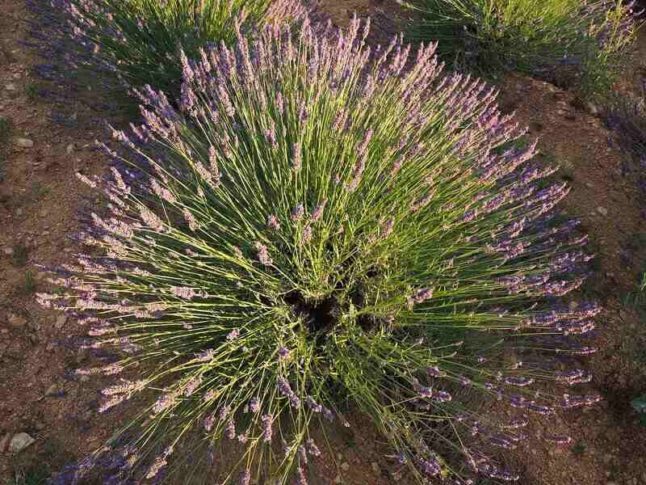
Even with harsh blizzards and low humidity, Denver supports lovely flower beds. You can add a charming touch of purple to your garden with lavender, Russian sage, or catmint. Hardiness Zones 5-6 are also perfect for agastache, artemisia, and yarrow.
These flowering plants will brighten your garden while cutting down on water use.
Cost: These flowering plants range from $8 to $40 each.
Trees and shrubs
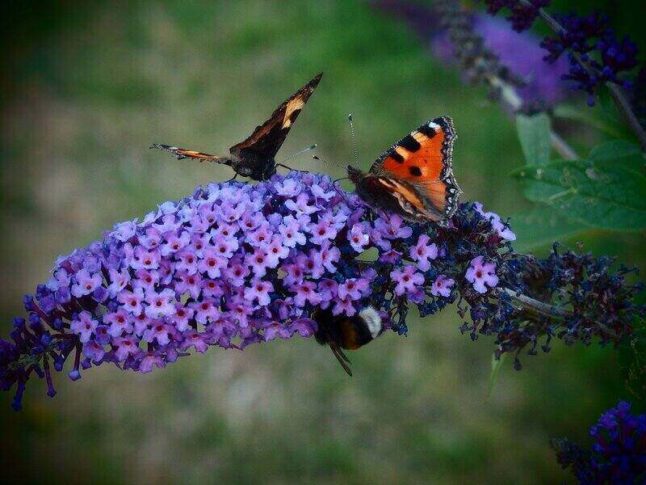
You have your pick of trees and shrubs in Colorado. The butterfly bush attracts butterflies and hummingbirds with its pink and purple blooms. Sand cherry is a durable Colorado native that thrives with little water. Trees that flourish in Colorado’s low-water environment include:
- Thornless honeylocust
- Rocky mountain juniper
- Russian hawthorn
- Purple robe locust
- Limber pine
- Gambel oak
- Bristlecone pine
Cost: These low-maintenance trees are priced anywhere from $18 to $100.
Ornamental grasses
While xeriscapers tend to discourage turf grass for its high-water needs, Colorado’s natural prairie is perfect for several types of ornamental grass:
- Blue fescue -short grass
- Sand love grass – short grass
- Native sidegoats grama – short grass
- Bluestem – medium-sized grass
- Prairie dropseed – medium-sized grass
- Indian ricegrass – medium-sized grass
- Indian grass – tall grass
- Big bluestem – tall grass
Cost: You can pick up any of these low-water ornamental grasses for around $13 to $42 each.
Succulents and cactus
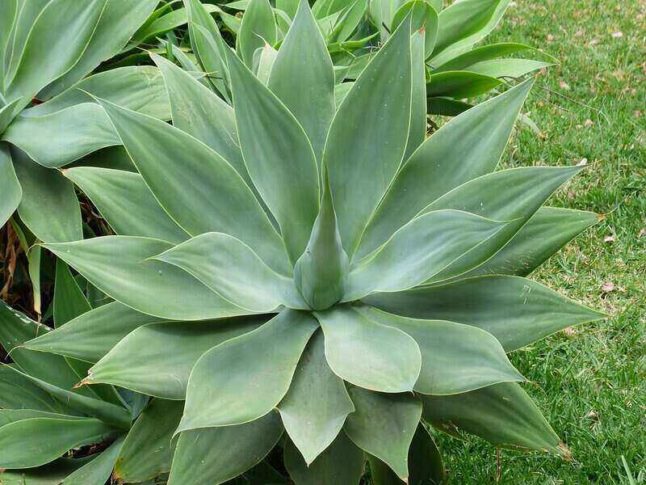
Colorado is home to a range of native cactus and succulents to enhance your garden. You’ll find the full sun and low humidity are perfect for prickly pear, barrel, and hedgehog cacti.
Other low moisture plants include aloes, agaves, and chollas. These succulents love sandy soil
Cost: Succulents will set you back about $15 to $150, depending on the size.
4. Choose Your Irrigation Method
Low-maintenance doesn’t mean no-maintenance. Even desert plants will need some water. In most cases, you can keep your xeriscaped yard from drying up with a watering can.
Sprinkler systems are easy, but can often over-water a xeriscape.
Your best choice for irrigation is an automatic drip system. An automatic drip irrigation system gradually moistens your soil without rotting the plants’ roots. To be really water conscious, connect your drip irrigation system to a rain barrel.
Cost: Installing your drip irrigation system runs about $600 on average. Rain barrels cost between $100 and $160, but will cut down on water bills too.
5. Add a Hardscape or Two
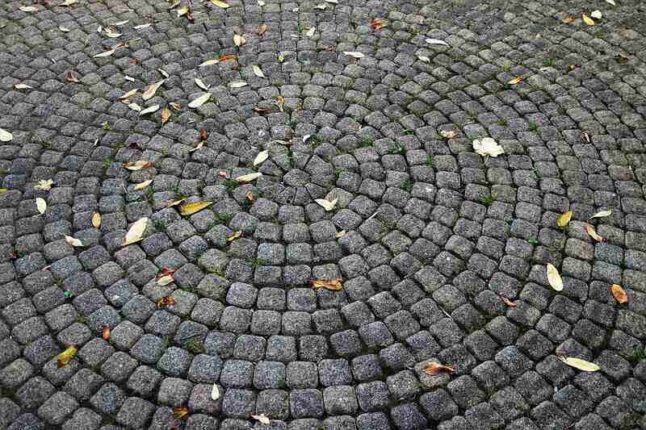
A hardscape can bring your xeriscape together. Boulders make great accents to enhance your desert look. A retaining wall provides drainage while giving your outdoor space a three-dimensional shape.
For a solid ground cover, look no further than gravel. A layer of pebbles will drain well while cooling down plant roots. A stone walkway can take your whole yard to the next level.
Cost: Gravel runs about $300 for an average yard. Retaining walls cost anywhere from $3,000 and $8,000. Your new stone walkway will cost between $11 to $17 per square foot.
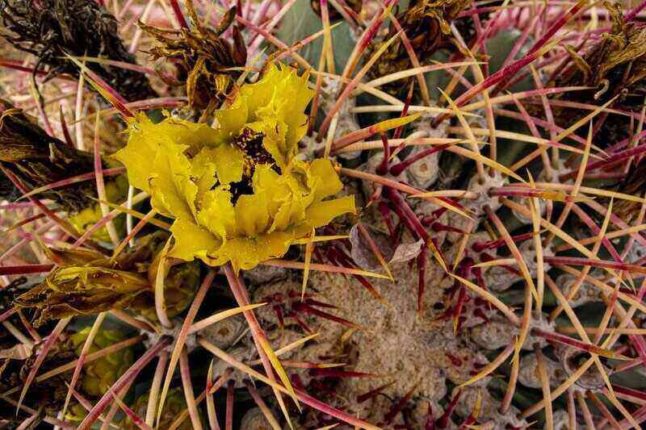
FAQ about Xeriscaping in Denver
An efficient irrigation system can cut your use of Denver water 50%-75%.
Not necessarily. There’s no shortage of drought tolerant plants that thrive in hardiness zones 5-6. You can find several varieties of flowering cactus as well as native drought-tolerant plants. Above we name grasses and flowers that would be at home in Denver xeriscape.
An experienced landscape designer would be happy to give you a hand selecting plants and crafting your layout.
While it’s true that anything native to Denver should have pretty strong drought-tolerance, there’s no shortage of arid plants out there. Just make sure to do your homework and avoid planting an invasive species.
When to Call a Denver Landscaper or Xeriscaper
While many of these tips make great DIY xeriscaping projects, sometimes it helps to call in the pros. A professional Denver landscaper can assist in soil analysis and restoration. You also can count on your pro to set up an irrigation system, build a new hardscape, or select and install plants.
Main Photo Credit: Russian sage / Rationalobserver / CC BY-SA 4.0 via Wikimedia Commons